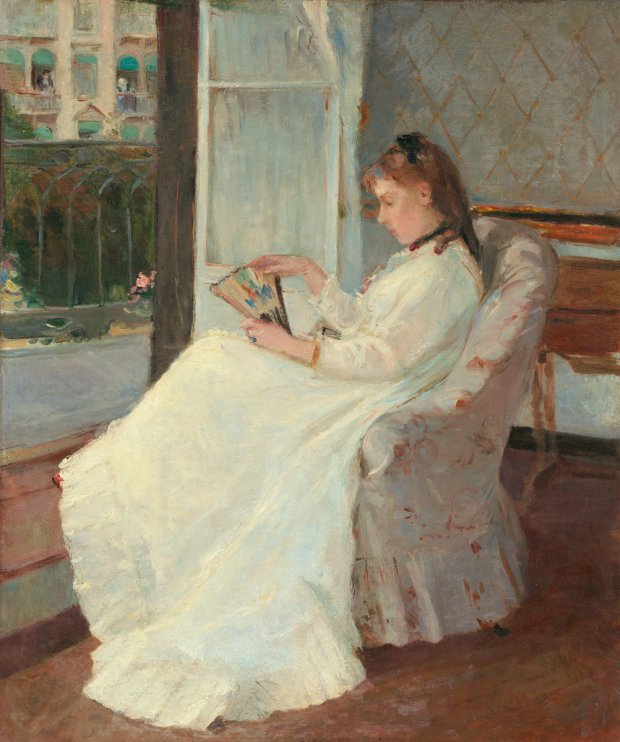I really enjoyed the process of getting to know the work of British artist Mitch Griffiths in preparation for the catalogue essay I wrote for his current exhibition at the State-Hermitage in St. Petersburg. With my background in writing about Caravaggio during my PhD research, I was asked by the Halcyon Gallery to consider Griffith’s work in relation to the past painters of large scale narrative oil paintings whom he references explicitly in his images such as Caravaggio, Rembrandt, Rubens.
These are some extracts from the essay, ‘Mitch Griffiths: Real World as Image and Image as Real’, Halcyon Gallery and State Hermitage Museum, 2016
Like much contemporary art, Griffiths’ work explores 21st-century consumerism and alludes to a sharp anxiety that art is no longer a possibility because commodity culture – especially technological items such as the smartphone, and corporate branding – is so aestheticised that it provides an alternative to experiences delivered by older cultural enterprises, such as paintings. Griffiths’ canvases resemble the altarpieces of the past in the service of religion as much as his images resemble the billboards and magazine spreads of today in the service of market capitalism. Critiques of the utopia promised by advertising have been manifold since artists engaged with the visual aspects of commodity culture in the 1950s, for example in Pop Art and through the Situationist movement of the 1960s. In particular, the philosopher and Marxist Guy Debord identified a colonisation of all social life by the images of advertising and the mass media, observing that ‘all that once was directly lived has become mere representation’ and stating that life in consumer society has been downgraded from ‘being’ to ‘having’. Griffiths returns repeatedly to this colonisation by brands of all social life and embodied life. For instance, Commercial Gangster (Fig. 8) is literally branded by the commodities he consumes, which inevitably consume and own him. The expression of these brand logos in the form of tattoos here is particularly compelling; after all, the tattoo is a mark that is read on the surface of the skin, but it is also indelibly absorbed by the body. Likewise in 21st-Century Boy, in which a Christ-like figure wearing a halo of credit cards in place of a crown of thorns is tattooed with the Coca-Cola logo, but he additionally bears the lacerations of self-harm. Like his own emotional malcontent, the brand has a place inside and on his body and has entered into his very bloodstream. In doing this, Griffiths draws attention to the crossover between the production of fine art in the traditional medium of oil paint and the aesthetic presence of advertising and corporations. Perhaps we are even made aware of the supreme illusionistic accomplishment of oil painting, in that it can imitate effectively both the flesh of bodies and the graphic design of brand logos with fidelity to the original index.


In referencing Dutch still-life painting and the grandiose manner of past history paintings, Griffiths borrows from the visual language of images that have already earned their place in the canon of art history. They are works that – falsely or rightly – command esteem on account of their inclusion in the world’s most illustrious museums, and thus we feel obliged to look and pay attention. The reality of the current refugee crisis seems to be that not many people are paying attention to their needs. Images of reality as conveyed through the news are somehow just not sticking. Griffiths has converted scenes of trauma into a different sort of image: one that borrows from the authority of the past to make us look again, with curiosity and respect as opposed to indifference. Once again, by translating the reality of everyday events into a self-consciously constructed image, in The Things they Carried Griffiths points to our faith in the reality of images and our relative blindness to real life.
